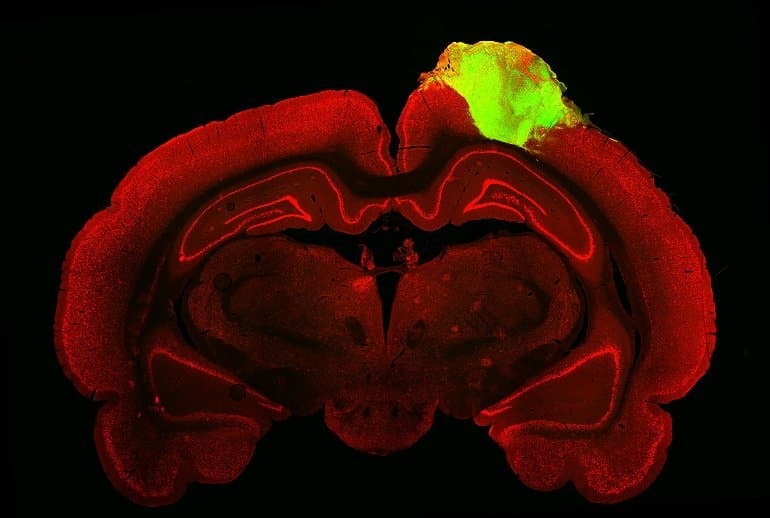Published on
Updated
Reading 1 min.
Researchers have achieved the impossible by successfully implanting human brain organoids into the brains of adult rats. Explanations.
As surprising as it may seem, human brain organoids – these clusters of neurons mimicking the structure and main functions of the brain – can be successfully implanted in the brains of rats and even respond to visual stimuli. The results of this study are available in the journal Cell Stem Cell.
A successful implementation
To achieve this scientific feat, the researchers “focused not only on single cell transplantation, but also on tissue transplantation“says lead author H. Isaac Chen, a physician and assistant professor of neurosurgery at the University of Pennsylvania.
More concretely, they cultured neurons derived from human stem cells in the laboratory for about 80 days, before transplanting them into the brains of adult rats who had suffered eye damage (at the level of the visual cortex).
Result ? Within three months, the organoids had successfully implanted themselves in their host’s brain. They vascularized and grew in size and number, while forming synapses with rat neurons.
Neurons became “functional” in less than three months
To ensure the correct connection of human neurons with those of rats, the researchers injected fluorescent markers into the brains of rodents.
“By injecting one of these viral tracers into the animal’s eye, we were able to trace the neural connections downstream of the retina“, explains Chen. Result? “The tracer went to the organoid“, he adds.
The scientists also found that many neurons within the organoid were responding “to specific light orientations, which gave us evidence that these organoid neurons were able to not only integrate with the visual system, but were also able to take on very specific functions of the visual cortex.”.

A real achievement for scientists who did not expect these human organoids to become functional in just three months.
While the team is pleased with this “very solid” first step, it hopes to soon apply this grafting technique to other areas of the cortex.
